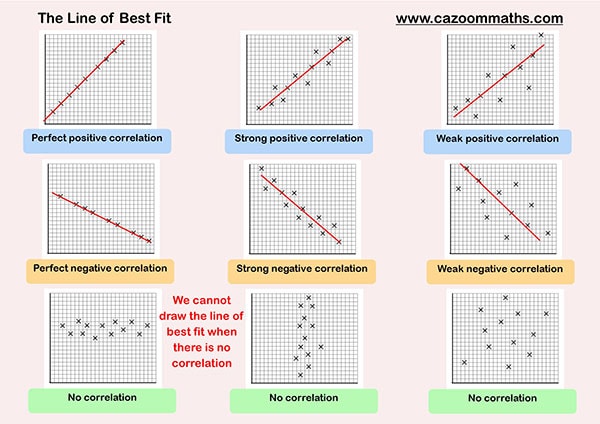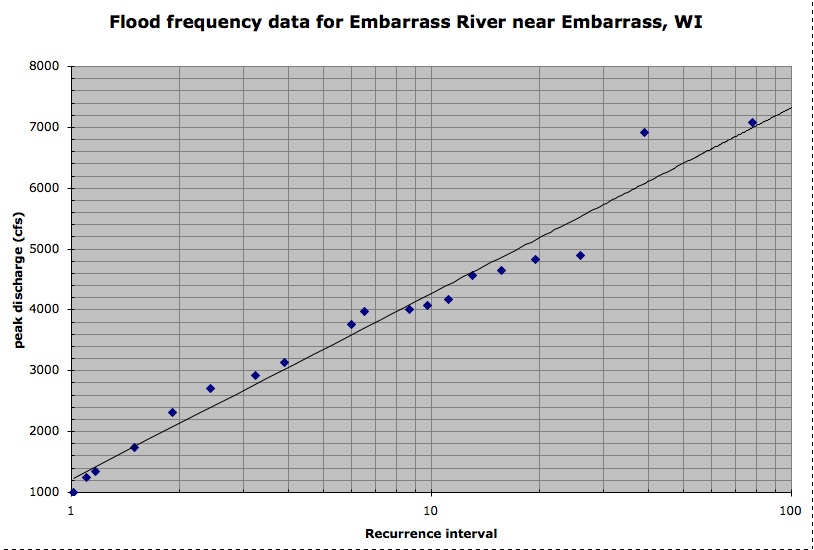Line draw fit
Table of Contents
Table of Contents
Are you struggling to draw a best fit line for your data points? Do you find yourself lost in the sea of data and unsure of where to start? Drawing a best fit line is an important skill for anyone working with data, but it can be intimidating for beginners. In this blog post, we will break down the process of how to draw a best fit line, step-by-step, so that you can feel confident in your data analysis skills.
When it comes to drawing a best fit line, there are several pain points that people often encounter. For example, finding the right type of line to fit your data can be challenging. Additionally, determining the slope and intercept of your line can be a daunting task. But fear not, with the right tools and knowledge, you can overcome these obstacles.
The first step in drawing a best fit line is to plot your data points on a graph. Once you have done this, you can then begin to determine the type of line that will fit your data best. There are several types of lines to choose from, including linear, quadratic, and exponential. Your choice of line will depend on the nature of your data and the type of analysis you are conducting.
To determine the slope and intercept of your line, you can use a regression analysis tool. This will help you to see how well your line fits the data and can give you additional insights into the relationship between your variables. Once you have determined your slope and intercept, you can then use this information to draw your best fit line on the graph.
In summary, drawing a best fit line involves the following steps: plotting your data points, choosing the appropriate type of line, using regression analysis to determine your slope and intercept, and finally drawing your line on the graph.
How to Draw a Best Fit Line: A Personal Experience
When I was first learning how to draw a best fit line, I found it to be a challenging task. I struggled to determine the right type of line to fit my data, and I wasn’t sure how to calculate the slope and intercept. However, with the help of online resources and practice, I was able to master this skill.
One tip I found helpful was to use a template or graph paper to plot my data points. This helped me to keep my graph neat and precise, which made it easier to draw my best fit line accurately. Additionally, I found that practicing with different types of data helped me to become more confident in my abilities.
The Importance of Drawing a Best Fit Line
Drawing a best fit line is an important skill for anyone working with data. It can help you to identify patterns and relationships between variables, which can be useful in making predictions and informed decisions. Additionally, a well-drawn best fit line can make your data more visually appealing and easier to interpret.
Types of Lines
There are several types of lines to choose from when drawing a best fit line. Linear lines are the most common and are used to represent data that is gradually increasing or decreasing. Quadratic lines are used to represent data that has a curved shape, while exponential lines are used to represent data that is increasing or decreasing at an accelerating rate.
Slope and Intercept
The slope of a best fit line represents the rate of change of the dependent variable with respect to the independent variable. The intercept represents the point at which the line intersects the y-axis. Calculating the slope and intercept of a best fit line is essential for accurately drawing the line on your graph.
Tips and Tricks for Drawing a Best Fit Line
When drawing a best fit line, it’s important to keep a few things in mind. Firstly, make sure to choose the appropriate type of line for your data. Secondly, use a regression analysis tool to determine the slope and intercept of your line. Finally, practice with different types of data to become more confident in your abilities.
Question and Answer
Q: What is a best fit line used for?
A: A best fit line is used to represent the relationship between two variables in a data set. It can help you to identify patterns, make predictions, and make informed decisions based on your data.
Q: What type of line should I choose for my data?
A: The type of line you choose will depend on the nature of your data and the type of analysis you are conducting. Linear lines are the most common, but quadratic and exponential lines may be more appropriate for curved or rapidly increasing/decreasing data.
Q: How do I calculate the slope and intercept of a best fit line?
A: You can use a regression analysis tool to calculate the slope and intercept of your line. This will give you a better understanding of how well your line fits the data and can help you to draw it more accurately.
Q: Is it important to draw a best fit line accurately?
A: Yes, drawing a best fit line accurately is important for visualizing the relationship between your variables. A poorly drawn line can make your data misleading and difficult to interpret.
Conclusion of How to Draw a Best Fit Line
Drawing a best fit line is an essential skill for anyone working with data. It requires careful analysis and attention to detail, but with practice, anyone can master this skill. Remember to choose the appropriate type of line, use a regression analysis tool to determine your slope and intercept, and practice with different types of data to become more confident in your abilities. Happy drawing!
Gallery
How To Draw A Line Of Best Fit - YouTube

Photo Credit by: bing.com / line fit draw scatter lines plots
Scatter Graphs - Cazoom Maths Worksheets

Photo Credit by: bing.com / scatter graphs maths worksheets line fit math graph statistics science resources plot teaching worksheet surveys example gcse answers cazoommaths samples
Constructing A Best Fit Line

Photo Credit by: bing.com / line fit lines should when bestfit most use construction methods many
How To Draw A Line Of Best Fit - YouTube

Photo Credit by: bing.com / line draw fit
How To Find The Line Of Best Fit In 3 Steps

Photo Credit by: bing.com / tutorme tutoring






